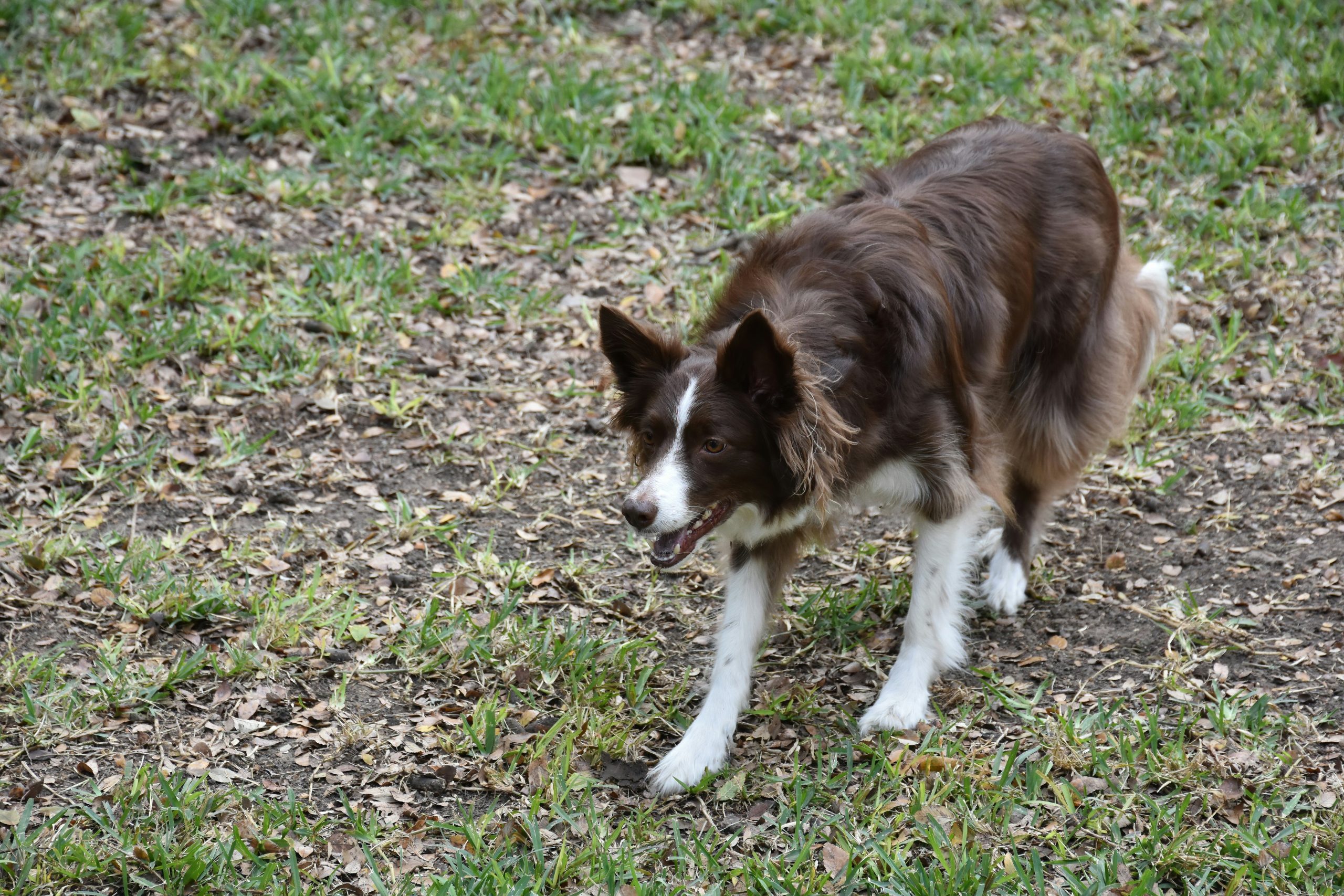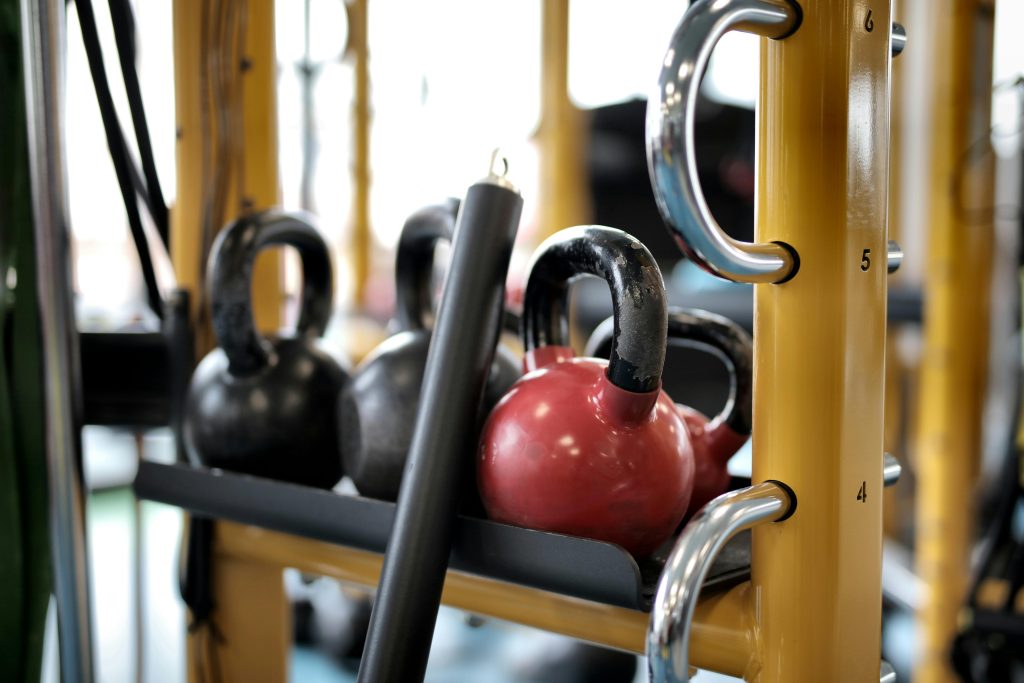Ever wondered why your dog chases every tennis ball but ignores the squeaky toy? You’re not alone. Many pet owners struggle with teaching their dogs how to differentiate between objects, a skill known as “object discrimination.” It’s frustrating when Spot doesn’t understand what you’re asking for and just stares blankly—or worse, grabs something completely unrelated (like your shoe). But don’t worry; we’ve got the ultimate guide on how to train dog object discrimination, complete with actionable steps, insider tips, and even a few laughs along the way.
Here’s what this post will cover:
- The fundamentals of target training for object discrimination.
- A step-by-step method to teach your pup new tricks.
- Real-life examples and FAQs to clear up any confusion.
Table of Contents
- Key Takeaways
- Why Object Discrimination Matters
- Step-by-Step Guide to Teaching Object Discrimination
- Best Practices for Effective Training
- Success Stories from Real Pups
- Frequently Asked Questions About Dog Training
- Conclusion
Key Takeaways
- Object discrimination is essential for advanced obedience and trick training.
- Start small by associating unique cues with specific objects.
- Consistency, patience, and positive reinforcement are non-negotiables.
- Practice regularly in short sessions to avoid overwhelming your dog.
- Use visual aids like colored markers or textured items to enhance learning.
Why Object Discrimination Matters
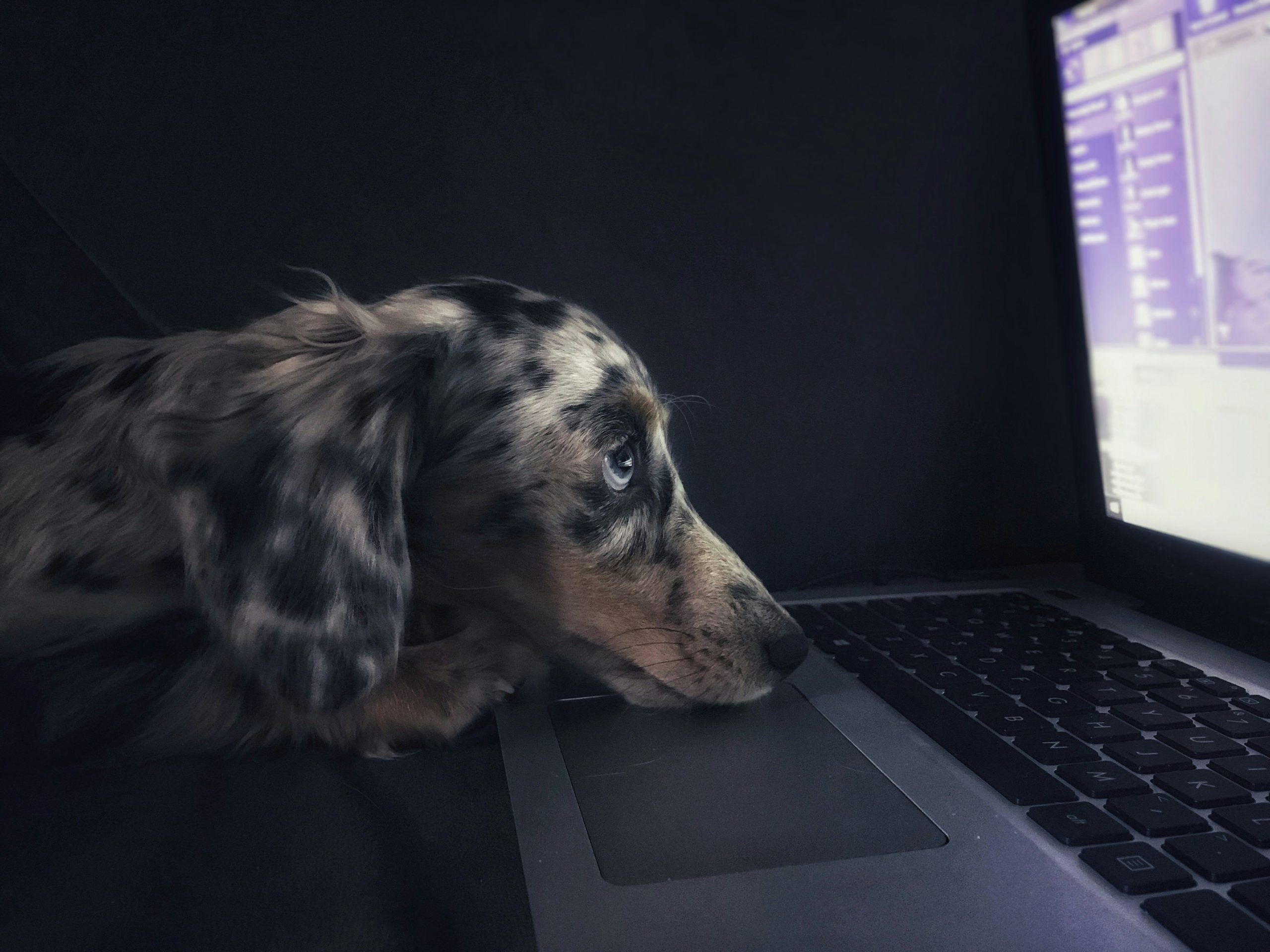
Pet lovers everywhere dream of showing off their fur babies’ skills at family gatherings. Imagine saying, “Fetch the red cube!”—and watching Fido trot over, proudly plopping it into your hands instead of grabbing the nearest stick. Sounds magical, right? Well, that’s where how to train dog object discrimination comes in.
Unfortunately, many trainers make rookie mistakes. For instance, I once tried teaching my Labrador to identify his stuffed squirrel by name—but guess what he fetched instead? My sock. Yes, folks, a SOCK. That embarrassing moment taught me two things:
- Dogs aren’t mind readers—they need concrete associations.
- If you rush the process, expect chaos.
This is chef’s kiss-level important because mastering object discrimination sets the foundation for more advanced commands and fun tricks.
Step-by-Step Guide to Teaching Object Discrimination
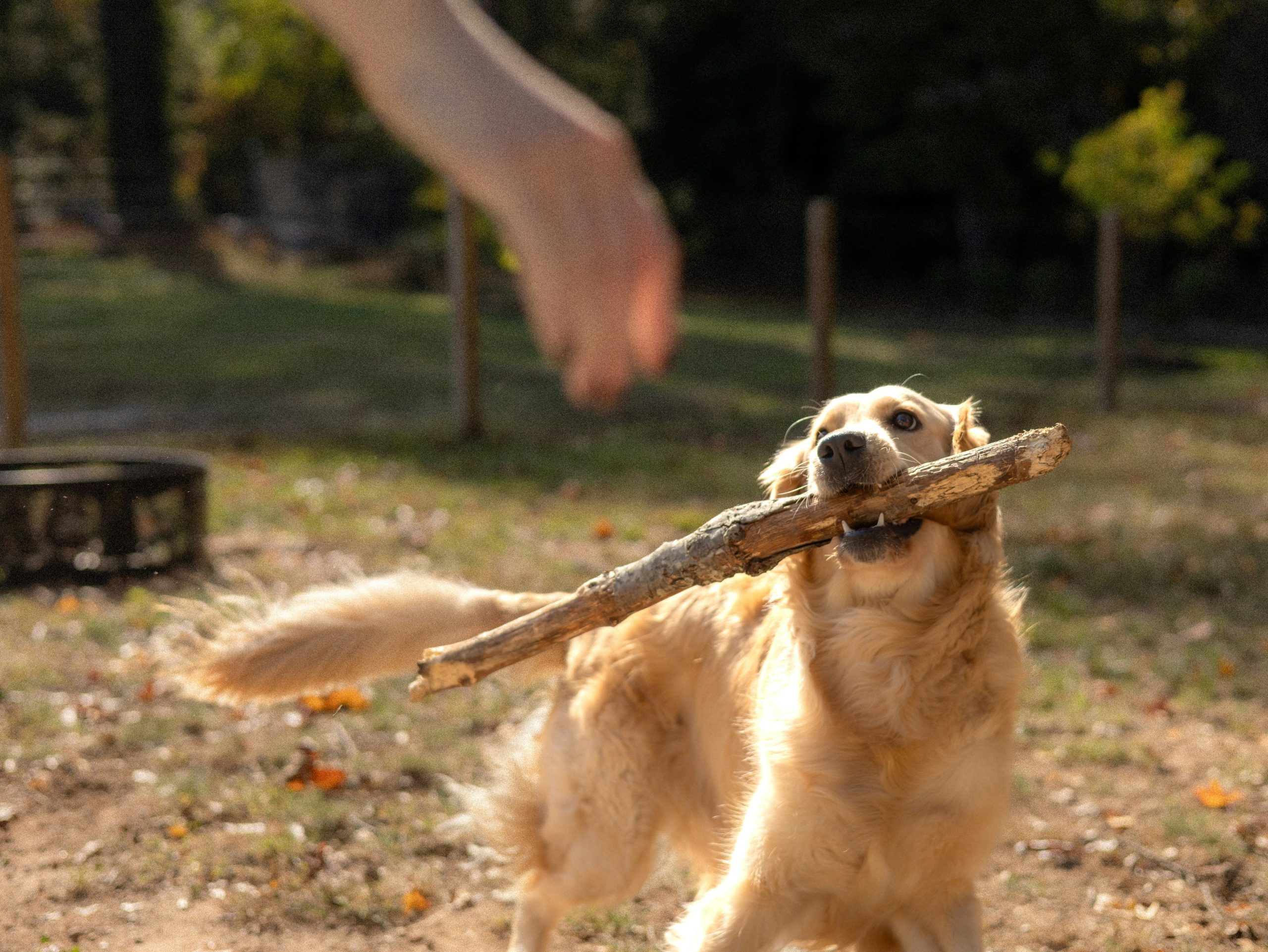
Let’s break down how to systematically approach how to train dog object discrimination.
Step 1: Choose Simple Objects
Select 2-3 distinct objects, such as a rubber duck, a plush toy, and a tennis ball. Avoid similar textures, colors, or shapes initially to prevent confusion.
Step 2: Assign Clear Names
Name each object something easy, like “Duck,” “Squeaky,” or “Ball.” Repeat these labels consistently so your dog begins associating sounds with objects.
Step 3: Introduce One Object at a Time
Hold an object near your pup while repeating its name. Reward them with treats or praise whenever they sniff or touch it. Keep sessions under 5 minutes to maintain focus.
Step 4: Add Commands
Once they recognize individual objects, add commands like “Bring me Squeaky” or “Find Duck.” Gradually increase the distance between you and the object to test recall.
Step 5: Progress to Multiple Objects
Introduce all selected items together. Use verbal cues to ask for one item at a time, rewarding correct choices generously.
*Optimist You*: Follow these tips!
*Grumpy You*: Ugh, fine—but only if coffee’s involved.*
Best Practices for Effective Training
- Stay Consistent: Always use the same names and gestures during training.
- Reward Quickly: Timing matters! Treats should follow immediately after desired behavior.
- Keep Sessions Short: Dogs learn better through frequent, brief lessons rather than marathon sessions.
- Make It Fun: Incorporate playtime so your pup associates training with joy.
Pro Tip: Don’t try bribing your dog with food mid-trick—it’ll confuse them faster than dial-up internet connecting.
Success Stories from Real Pups
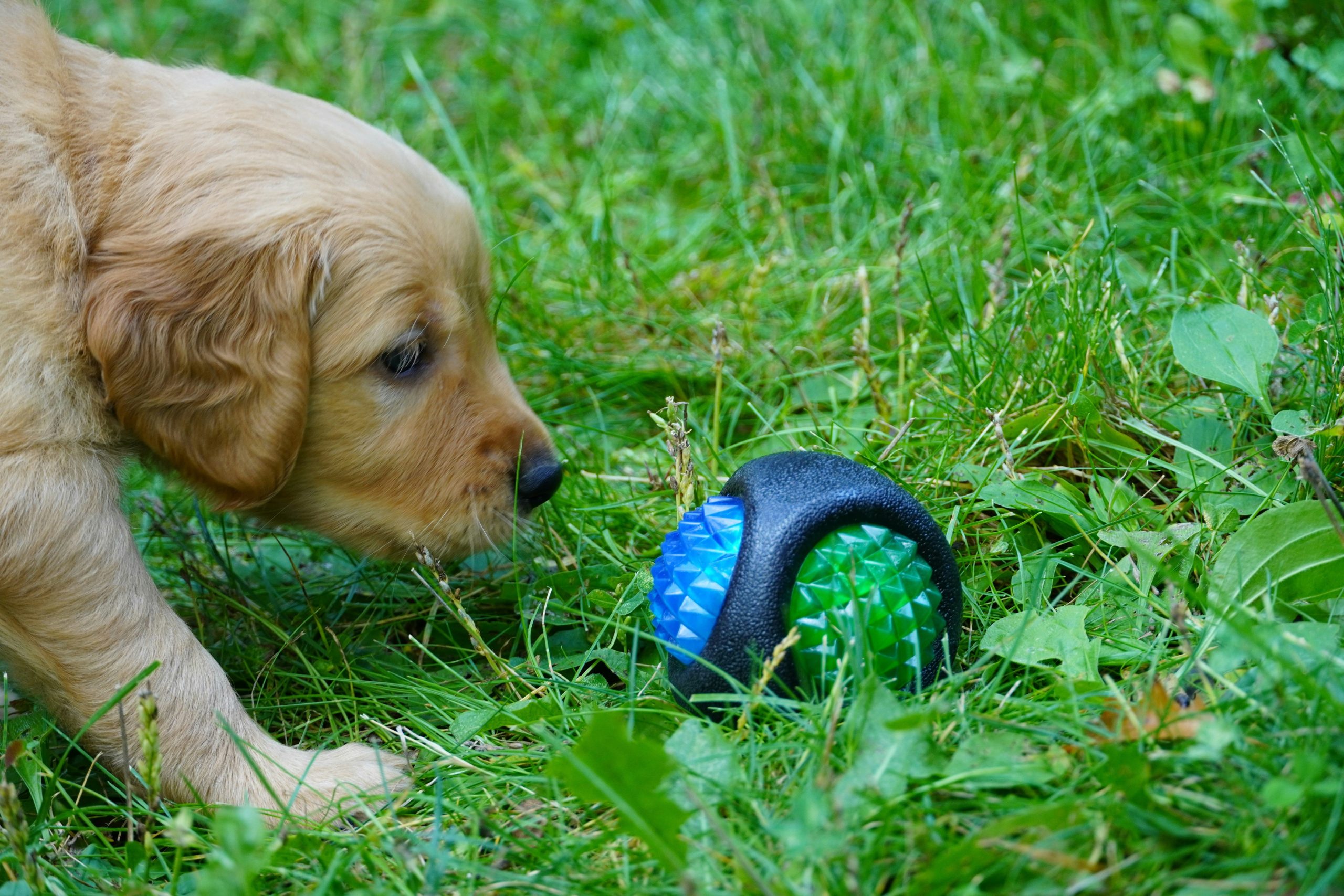
Take Max, a border collie who learned to sort laundry by type within three weeks using object discrimination techniques. Or Luna, a poodle mix who became a local sensation for her ability to fetch books based on titles. These aren’t anomalies—they’re proof that anyone can master how to train dog object discrimination.
Frequently Asked Questions About Dog Training
Q: Can older dogs learn object discrimination?
Absolutely! While younger pups may pick things up faster, older dogs benefit immensely from mental stimulation too.
Q: What if my dog loses interest quickly?
Vary rewards, shorten sessions, and incorporate high-energy games to reignite enthusiasm.
Q: Should I punish incorrect answers?
Nope! Punishment creates fear, ruining trust. Instead, redirect attention without scolding.
Conclusion
Dogs are smart, loving companions capable of incredible feats when given proper guidance. By breaking down how to train dog object discrimination into manageable steps, you unlock endless possibilities for bonding, entertainment, and bragging rights at parties. So grab some treats, stay patient, and get ready to marvel at your genius pup.
Remember: Like a Tamagotchi, your SEO needs daily care. 😉
